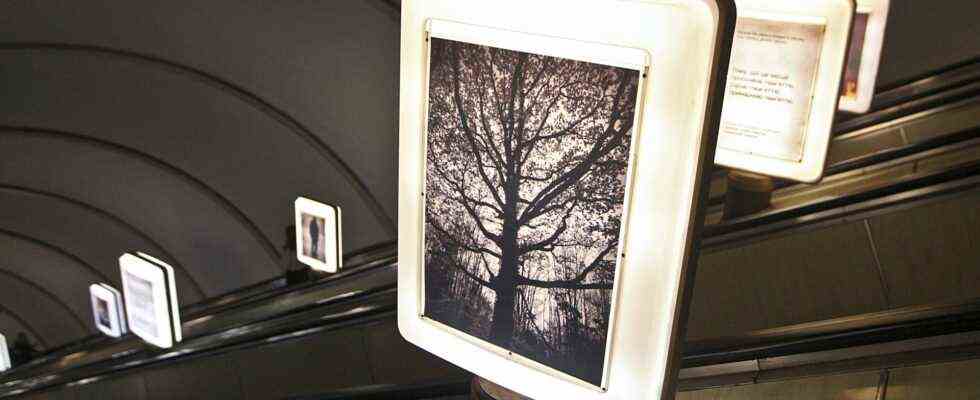As of: 09/29/2021 5:36 a.m.
In Ukraine, the victims of the massacre committed in the Babyn Yar Gorge are commemorated with minutes of silence, concerts and history lessons. In 1941, German task forces shot more than 33,000 Jews there.
On September 29 and 30, 1941, 80 years ago, SS units shot and killed more than 33,000 Jews in a ravine near Kiev in less than 36 hours. Since then, the name Babyn Jar has stood for one of the worst massacres in history. There will be a whole series of official events in Kiev to commemorate the monstrous crime. President Steinmeier will attend a memorial ceremony on October 6th.
When talking about the Holocaust, explains Ruslan Kawatsjuk from the Babyn Yar Memorial Center, most people would think of concentration camps. To extermination camps such as Auschwitz: “Unfortunately, it is hardly known that half of the victims of the Holocaust in Eastern Europe did not die in camps, but directly at their place of residence. They were shot, as in Babyn Yar.”
Perfidiously planned mass murder
On September 29 and 30, 1941, the SS shot 33,771 Jews in the gorge near Kiev within 36 hours. Women, men, children, old people. Meticulously counted – and recorded in reports. A holocaust by bullets, perfidiously disguised as resettlement: a monstrously and efficiently planned crime.
Babyn Yar, as the then Federal President Joachim Gauck put it at a memorial event five years ago, stands for what preceded the industrial killing. Killing thousands upon thousands by shooting. And looking into the abyss of our own history includes the admission that not only special units, but also regular members of the armed forces were significantly involved in this crime.
Tens of thousands: Jews, Sinti and Roma, prisoners of war, the mentally ill and prisoners have been executed in Babyn Yar over the years. In order to erase the traces of the massacres, the Nazis had the bodies excavated and burned before they withdrew.
Planned forgetting
The cover-up was followed by prescribed oblivion. The Soviet leadership decided to pour mud from neighboring brickworks into the ravine to level it. To make room for the growing city. For apartment blocks and a culture and recreation park.
Today around three dozen memorials commemorate the victims of Babyn Yar. A seven-armed candlestick, a Roma wagon, a little girl, a monumental memorial to the victims among the citizens of Kiev. Modern art installations. Fragmented commemoration that works like a symbol for a culture of remembrance that remains controversial because it affects the national self-image and has long been geopolitically charged.
Discussions about type of remembrance
“We have no right to forget and are not forgotten, but rather remember the victims. It is extremely important for Ukraine to honor all victims of this tragedy with dignity and at the highest level,” said Ukrainian President Volodymyr Zelenskyi once again in July stressed. But the question of what is worthy and appropriate continues to be heated debates.
Some fear that the now planned museum complex in Babyn Yar will degenerate into a Holocaust Disneyland. Others warn against placing the focus of remembrance solely on the Jewish victims. There are those who warn against the influence of Russian donors because they could impose a culture of remembrance on Ukraine that is acceptable to the Kremlin. And others who are calling for the role of Ukrainian nationalists to be dealt with.
Babyn Jar has become a political issue. That shouldn’t make you forget what it’s actually about: the memory of the victims of a monstrous crime by German special commandos that began in the gorge 80 years ago.

